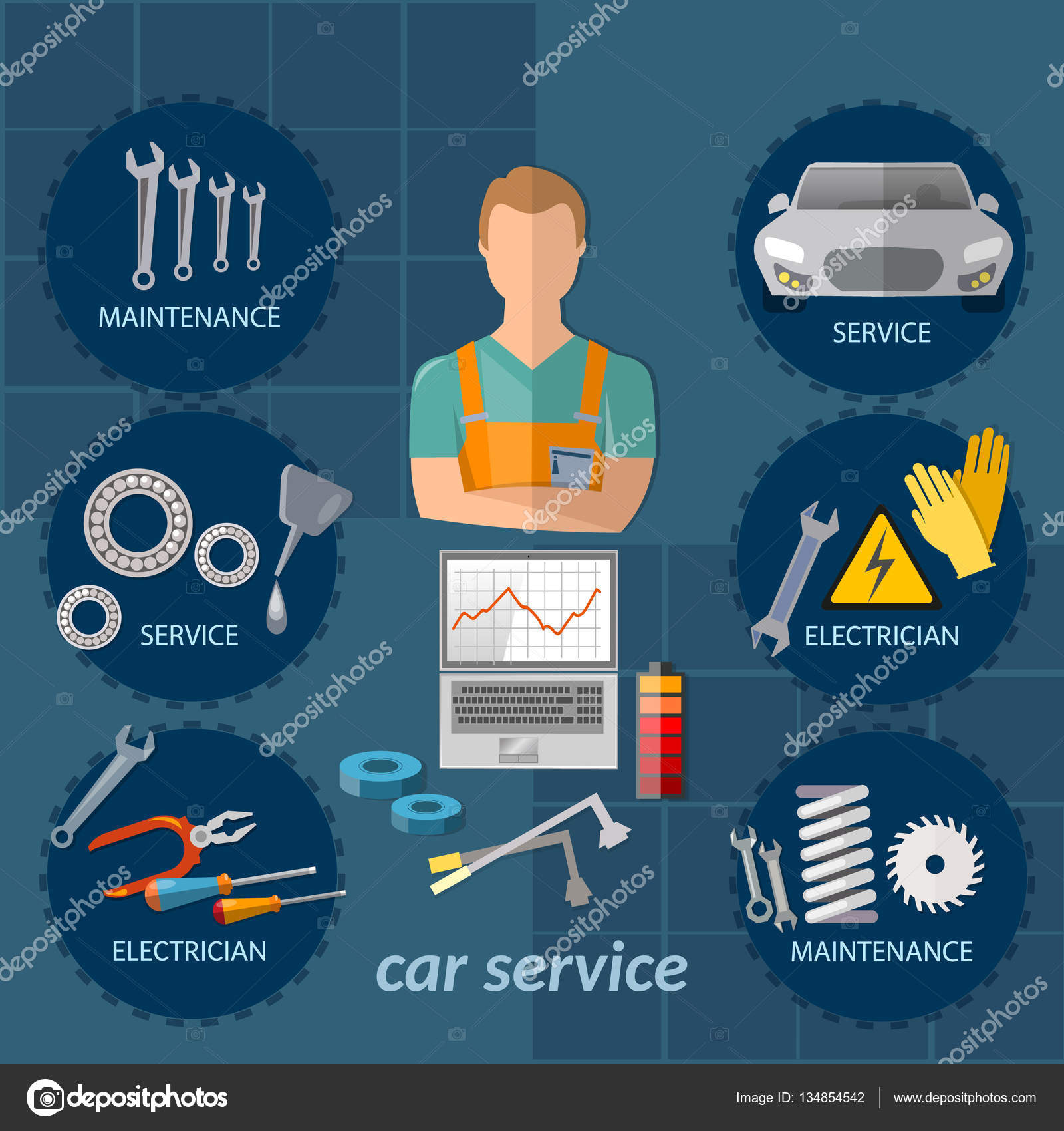Analyzing Your Automobile'S Alert Lighting: Their Real Implications
Analyzing Your Automobile'S Alert Lighting: Their Real Implications
Blog Article
Material Composed By-Faulkner Gilbert
When you're behind the wheel, those glowing caution lights on your dashboard can be a little bit complicated. Do you recognize what they're trying to tell you concerning your cars and truck's health and wellness? Comprehending the importance of these lights is essential for your safety and the long life of your vehicle. So, the next time one of those lights appears, would not you want to decode its message properly and take the required steps to resolve it?
Common Warning Lights and Interpretations
Recognize typical warning lights in your automobile and recognize their definitions to make certain safe driving.
The most regular warning lights consist of the check engine light, which signals problems with the engine or exhausts system. If this light begins, it's crucial to have your car inspected without delay.
The oil stress cautioning light indicates low oil stress, calling for immediate attention to stop engine damages.
A flashing battery light could suggest a malfunctioning charging system, possibly leaving you stranded otherwise addressed.
The tire pressure tracking system (TPMS) light signals you to reduced tire pressure, impacting car stability and fuel performance. Neglecting this could lead to unsafe driving problems.
The abdominal light indicates a trouble with the anti-lock stopping system, jeopardizing your ability to stop promptly in emergencies.
Finally, the coolant temperature alerting light warns of engine overheating, which can cause extreme damage otherwise settled promptly.
Comprehending these common warning lights will aid you attend to issues without delay and maintain risk-free driving problems.
Significance of Prompt Attention
Understanding the common warning lights in your cars and truck is just the primary step; the importance of immediately resolving these warnings can not be emphasized enough to ensure your safety when driving.
When a caution light illuminates on your control panel, it's your car's means of communicating a potential concern that needs focus. Disregarding these warnings can lead to more extreme troubles down the road, compromising your safety and security and potentially costing you much more out of commission.
Prompt focus to warning lights can protect against breakdowns and accidents. For example, a flashing check engine light can suggest a misfire that, if left unattended, might create damage to the catalytic converter. Resolving mobile touch up paint repair near me can save you from a costly repair service.
In a similar way, a brake system advising light may signify low brake fluid or worn brake pads, important parts for your safety and security when driving.
Do It Yourself Troubleshooting Tips
If you notice a caution light on your dashboard, there are a few DIY troubleshooting pointers you can attempt before looking for specialist aid.
The primary step is to consult your cars and truck's guidebook to recognize what the specific caution light indicates. Often the concern can be as easy as a loosened gas cap causing the check engine light. Tightening the gas cap might solve the trouble.
Another usual problem is a low battery, which can set off numerous advising lights. Examining armourcarwash for rust and ensuring they're protected could fix the trouble.
If a warning light lingers, you can attempt resetting it by detaching the car's battery for a few minutes and then reconnecting it. Additionally, checking your lorry's fluid levels, such as oil, coolant, and brake fluid, can help troubleshoot alerting lights connected to these systems.
Conclusion
Finally, recognizing your cars and truck's warning lights is important for keeping your automobile running smoothly and securely. By quickly addressing these alerts and recognizing what they imply, you can stay clear of costly repair services and possible break downs.
Bear in mind to consult your cars and truck's guidebook for particular information on each cautioning light and take action as necessary to make sure a hassle-free driving experience.
Stay educated, remain secure when driving!
